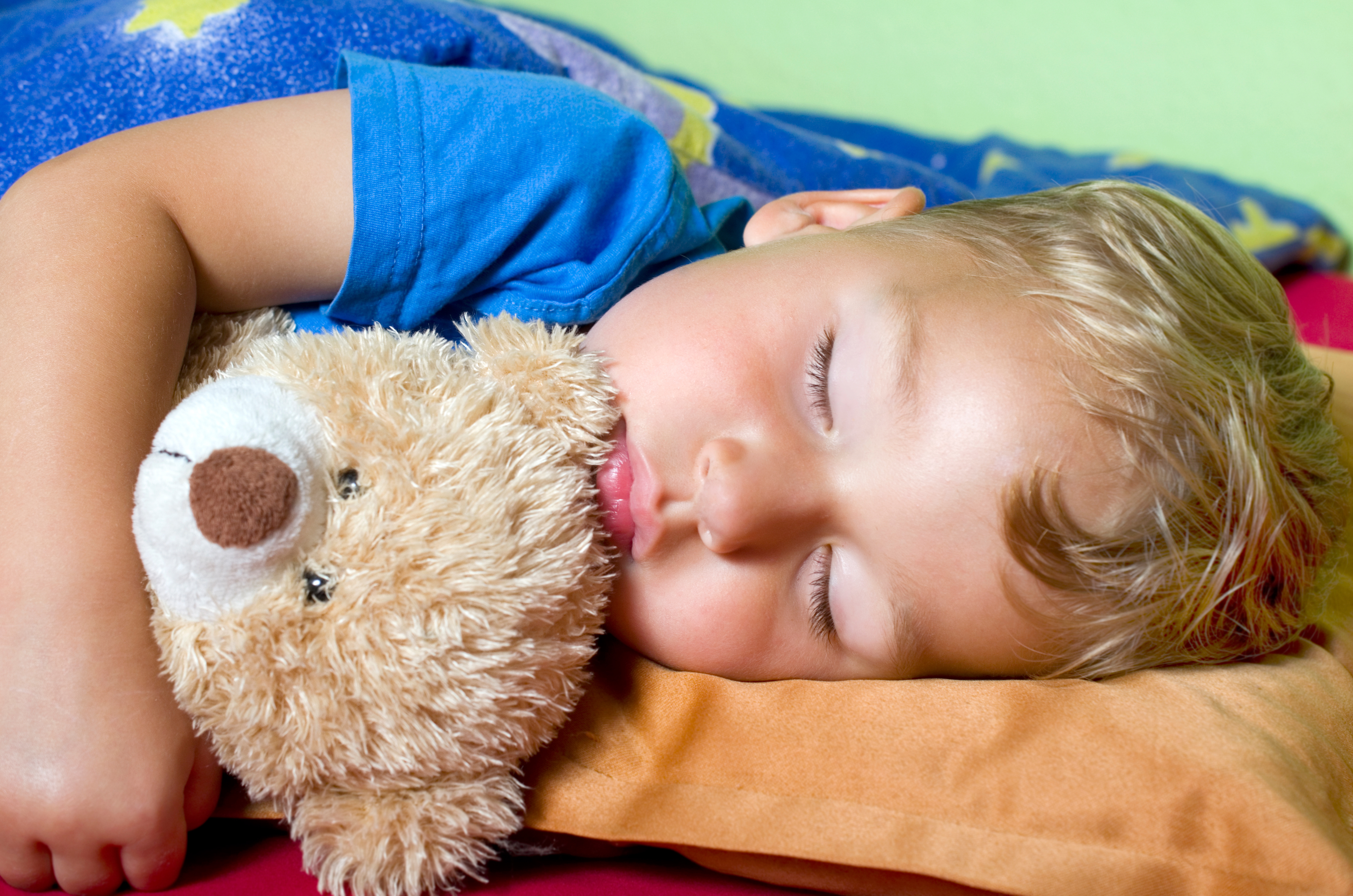Is There a Silent Killer in Your House?
February 13, 2018

How does it happen?
During colder months, we are heating our homes and cars and more likely to use supplemental heating sources or generators in power outages - all of which can cause carbon monoxide poisoning. Carbon monoxide is a byproduct created when carbon-containing fuels like wood, coal, natural gas, methane, gasoline, oil or kerosene don’t completely burn. Gas-powered furnaces and gas, oil and kerosene heaters, propane stoves or generators can all emit carbon monoxide if they aren’t used properly or if they are faulty in some way. “When CO is inhaled, it inhibits the function of the body to carry oxygen-fueled blood to the vital organs, especially the brain and heart,” explains Samone Nore, MD, St. Luke’s University Health Network.
What are the symptoms?
Dizziness, nausea, fatigue, confusion - unfortunately, all of these can also be signs of other things, like the flu, which is also widespread this time of year. When someone is overcome by carbon monoxide poisoning, they become unconscious, rendering them powerless to remove themselves from the situation and get fresh air. “Kids can be extra vulnerable to carbon monoxide poisoning because they tend not to communicate symptoms,” says Dr. Nore. “Or, if they do, parents may mistake it for something else, like the flu, which is also prevalent during the winter months.”
How can we prevent it?
It really doesn't matter what heating sources you use, you should have your system checked regularly for faulty or malfunctioning ventilation.
● Have your water heater, gas, oil or coal burning fireplaces inspected once a year to make sure they are operating properly and efficiently.
● Make sure all gas, oil and kerosene heaters are working too.
● Don’t burn anything in an unvented fireplace or stove.
● Don’t ever start a car in an unopened garage - it may be great to get into a warm car, but make sure the garage door is always open or better yet, move the car outside to start it. And even if you do start your car outside, make sure the exhaust pipe isn’t covered with snow or mud.
● Make sure your chimney and flue are clear from debris as this can cause a blockage that would result in carbon monoxide flowing back into the house.
● Never use a gas range to heat your home (even in the event of a power outage when it may seem like a good idea.)
Take away
Be aware of the signs and symptoms of carbon monoxide poisoning and make sure you have a carbon monoxide detector on every level of your home. Check the batteries every few months and if the detector goes off, heed it’s warning and get out into fresh air immediately!
Read More NewsLatest News

January 08, 2026
Miners Campus Expands Sleep Lab


December 09, 2025
Talk With Your Doctor – Vaccination Updates

November 18, 2025
